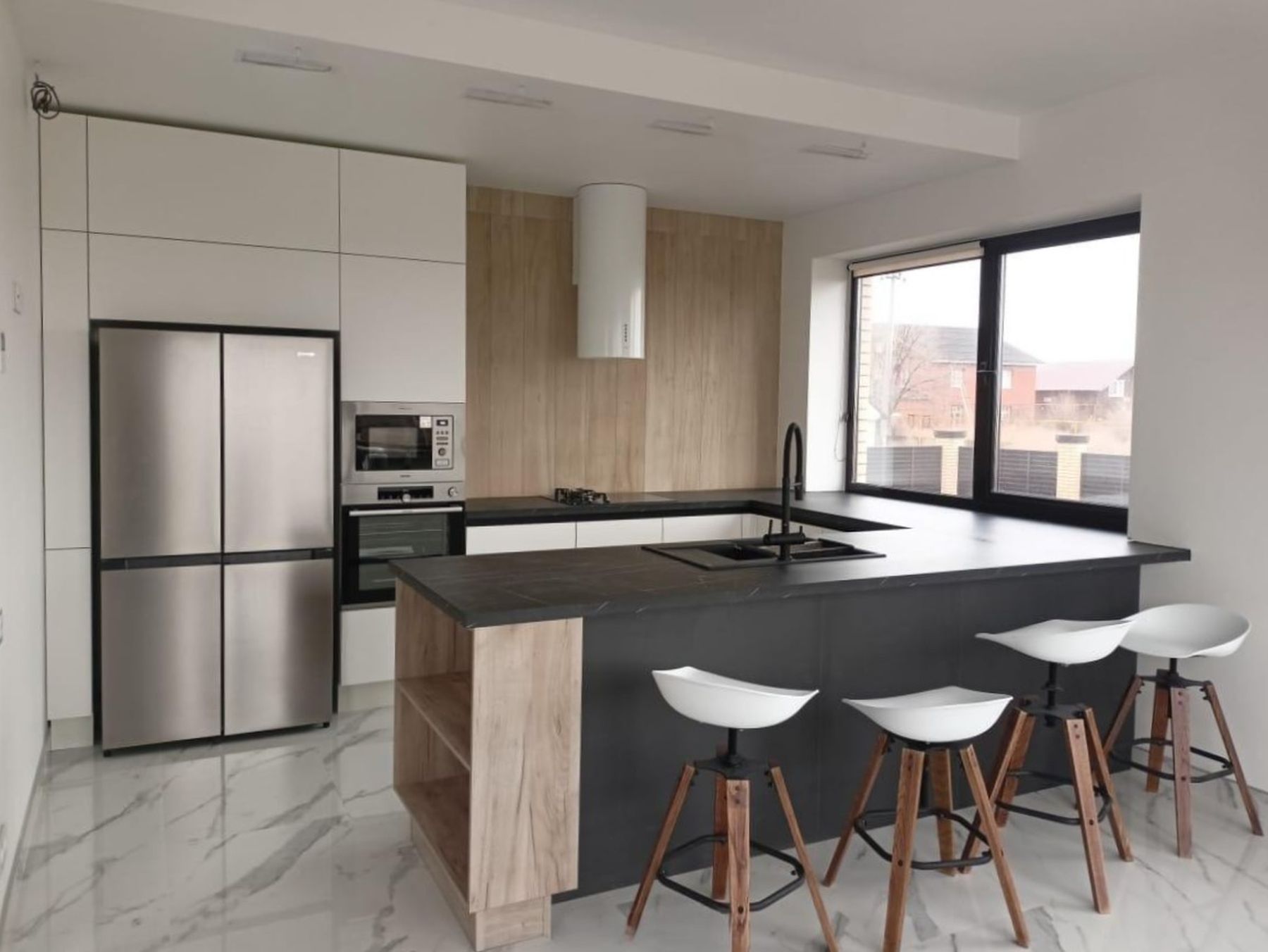
Introduction to Kitchen Design
Crafting your kitchen masterpiece is an exciting journey that combines functionality with personal style. It's where the heart of the home beats, where meals are prepared, and memories are made. A well-designed kitchen not only improves your home's value but also enhances your cooking experience. Tackling this project can be overwhelming, but with careful planning and attention to detail, you'll be able to create a space that is both beautiful and practical.
Finding Your Style
The first step in designing your dream kitchen is to identify your aesthetic. Are you drawn to modern simplicity or do you prefer a rustic charm? Look at design websites, magazines, and social media for inspiration. Create a mood board that reflects your desired style, incorporating elements like color schemes, textures, and fixtures. Keep in mind that your kitchen should complement the overall design of your home to create a cohesive look.
Laying Out Your Space
Efficiency is key in kitchen layout. The classic "work triangle" concept, which arranges the stove, sink, and refrigerator in a triangular pattern, can help maximize workflow. Consider how you move through your current kitchen—what works and what doesn't. Plan for ample counter space and think about whether an island could enhance your work area. Don't forget to account for appliance doors and cabinet openings when considering your space's flow.
Choosing Quality Materials
A kitchen masterpiece is built to last, so invest in high-quality materials that will stand the test of time. For countertops, options like granite, marble, or engineered stones offer longevity and ease of maintenance. Predominantly used as kitchen counters and islands, these materials provide a sturdy workspace. Cabinetry should be both sturdy and stylish, with hardware that complements your design. High-durability flooring, such as porcelain tile or hardwood, is also essential, as the kitchen is a high-traffic area.
Integrating Appliances
Select appliances that match your cooking needs and style. Stainless steel remains a popular choice due to its sleek look and ease of cleaning. For a more integrated look, consider panel-ready appliances that can be covered with cabinetry. High-efficiency appliances can offer energy savings and, when selected in smart versions, can add a layer of convenience to your kitchen with features such as remote monitoring and control.
Lighting and Fixtures
Good lighting is crucial in a kitchen. Combine overhead lighting with task lighting under cabinets to illuminate prep areas. Pendant lights can add a decorative touch over an island or dining area. Choose faucets and sinks that not only reflect your kitchen's aesthetic but are also functional. Consider hands-free faucet technology or deep, single-basin sinks that can accommodate large pots and pans.
Personal Touches
Your kitchen masterpiece should be a reflection of your personality. Add personal touches like a chalkboard wall for notes and recipes, unique backsplash tiles, or a display area for your favorite cookbooks or vintage finds. If you love to entertain, include a wine fridge or a bar area. The key is to make the kitchen feel like your own.
Conclusion
Creating your kitchen masterpiece requires a balance of design and functionality. By taking the time to plan your space thoughtfully and choose materials and appliances that meet your needs and suit your style, you will be rewarded with a kitchen that not only looks stunning but also enhances the joy of cooking and entertaining. Remember, the perfect kitchen is one that reflects your lifestyle and allows you to create with ease and pleasure.